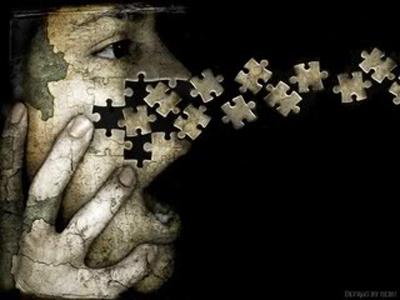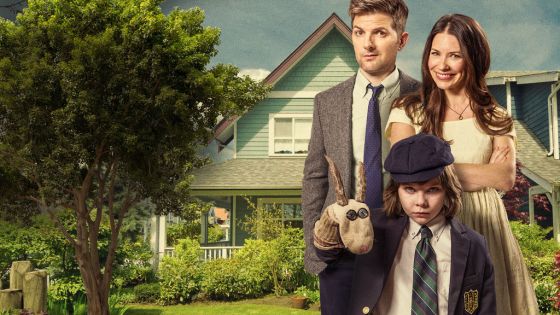
Little Evil is a 2017 American horror comedy film released by Netflix at the beginning of September. It stars Adam Scott, Evangeline Lilly, and a host of other known and not-so-known actors. But standing in the spotlight and delivering a great dramatic and almost non-speaking role, is Owen Atlas. Owen plays Lucas, the young son of Samantha, who has recently married Gary Bloom.
Gary is your all-around good guy. He wants to be a husband and father to Lucas, even though he isn’t the boy’s biological father. He enters the marriage, having not had a lot of previous contact with Lucas because (as Samantha explains) she “wanted to make sure Gary was the one” before she allowed her son to meet and become attached. Now, as a parent, I can understand that. Divorce and stepchildren and everything that comes with that is hard, and that’s exactly what Gary keeps telling himself.
Throughout the movie, weird things keep happening around Lucas. Weird and violent things. Despite all the evidence that keeps pointing Gary toward the revelation that Lucas truly is the antichrist (including an awkward – yet hilarious – conversation with Samantha where she reveals how she was impregnated at a ritual cult gathering) he continually tries to play it off as the hardships of being a stepfather, and wants to do everything in his power to rise above the challenge.
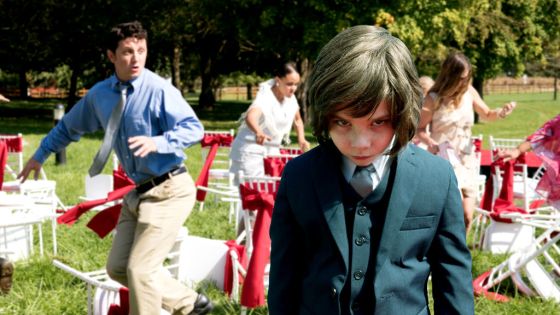
Things go so far that eventually Gary finds himself tracking down Lucas’ biological father to try and get some answers. Cults, a demon hunter, natural disasters, and being buried alive by Lucas all follow. Gary, now believing that his young stepson is the spawn of Satan, agrees that he must kill him to save the world.
Now this is where something amazing happens. Don’t get me wrong, up to this point I am loving this movie and there’s a million reasons why: the stepson/stepfather aspect, the transgender character as Gary’s co-worker and partner while he’s trying to figure out what’s going on with Lucas, the dedication Gary has to his new wife and stepson, the fact that Lucas doesn’t talk and yet this youngster gives an utterly fantastic performance, the supporting cast of characters – social workers, and other stepfathers who are in a support group, all of whom are having trouble connecting with their new families. It’s terrific. But, it’s when Gary takes Lucas to a water park (where he is supposed to kill him) that something magical happens.
As Gary is trying to summon his courage to do the task in front of him, he actually starts to bond with Lucas. For the first time he (and we the audience) sees Lucas smile and actually act like a child. We hear him speak. We see the two of them together as they play in the water, and Gary teaches him to swim. It’s the moment that Gary has been waiting for – he’s getting to be a father.
But there’s still that whole antichrist thing, which is when the message of the movie shows up. Gary is about to send Lucas down a water slide to his death (he’s filled his floaties with sand) but he hesitates. In front of him, he sees a person – a little boy underneath all the violence and ritualistic disasters. In that moment Gary begs God for a sign: am I doing the right thing? He looks up in desperation to see the word “LOVE” in the clouds. Love. Not hate. Not murder. Not death. But love.
That’s all it takes. Gary doesn’t have to think twice. It’s not violence that will save the world, but love.
I won’t give away the ending, but let me tell you that it’s completely worth it. Little Evil might be listed as a horror comedy (and it is those two things, no doubt) but it really struck my heartstrings.
I give this movie as many stars as allowed. The actors are fantastic, the storyline is both serious and funny and yet relatable. It’s clean, as far as things go – language and adult situations are kept on the low side of the scale. Diversity flows through it, and most importantly, the message of this horror comedy is that love is the answer.
In our world where there is so much violence and death, it’s comforting to see a reminder that love conquers all. Don’t give up on your family, reach out for support, and remember that people are worth the risk.
You can watch Little Evil now on Netflix.
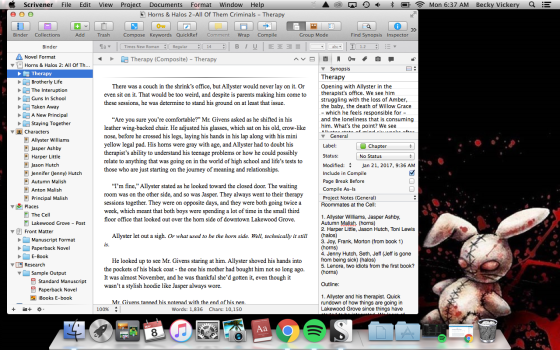








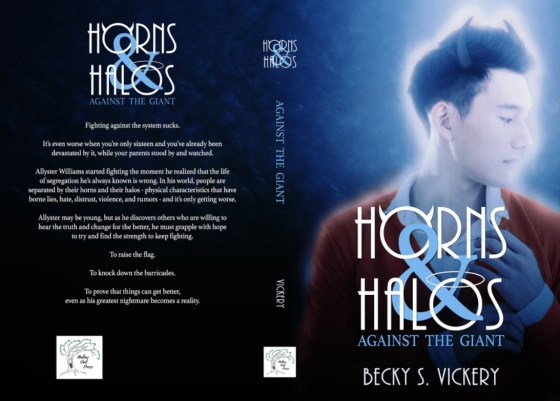
 I remember watching old black and white episodes of Alfred Hitchcock Presents when I was a kid, and then as a teenager and even now as an adult. Then there are the movies that I love – Psycho. The Birds. Rear Window. Vertigo.
I remember watching old black and white episodes of Alfred Hitchcock Presents when I was a kid, and then as a teenager and even now as an adult. Then there are the movies that I love – Psycho. The Birds. Rear Window. Vertigo. 



